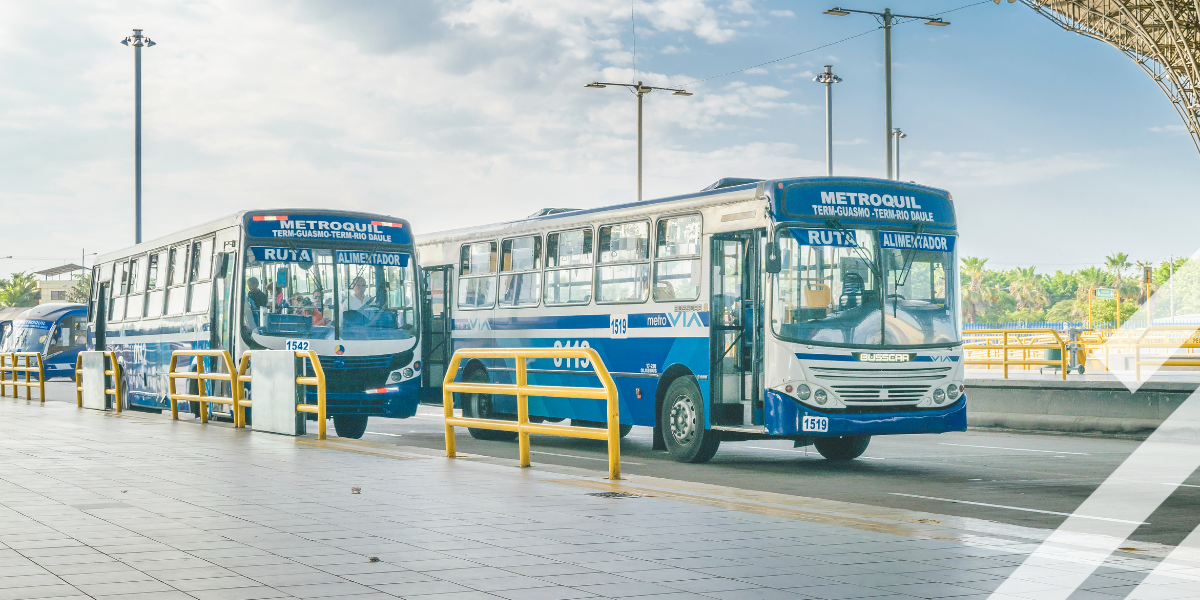COVID-19 is forcing public transport to flex

From the end of rush hour and season tickets to hailing a bus like a cab, coronavirus could change the way we move around cities for good. Public transport systems are predominantly based on using large vehicles with fixed routes, schedules and fares but social distancing, home working and faltering passenger confidence are shifting the patterns these are built around. Cities face the prospect of seeing the years of work they have put into coaxing citizens out of their cars and onto public transport rolled back in just a few months. Financial viability also hangs in the balance. Six months into the COVID-19 crisis, mobility leaders on a recent Cities Today Institute digital roundtable highlighted how a new level of flexibility is coming to the fore to manage these challenges. Most of the ideas in play are not new but they are now seeing a higher rate of adoption, acceleration and acceptance as norms are overturned.
Multi-modal systems
Several cities are focusing on offering citizens as many non-car travel options as possible to ease pressure on public transport and minimise congestion. This includes the widespread expansion of bike lanes and pedestrian spaces as well as integration of private sector services. Pre-pandemic, the City of Lisbon already had a major drive to expand transport capacity and sustainability and boost usage through simplified ticketing and pricing offers. Vasco Móra, Mobility Adviser to the Deputy Mayor, City of Lisbon, described how previously Lisbon’s metropolitan area ticketing system had been confusing, with an overwhelming number of choices. In April 2019, monthly tickets were condensed down to two main options – a municipal pass for €30 (US$35) or an inter-municipal pass covering 18 surrounding municipalities for €40. Subsidised family passes were also introduced, capped at the cost of two metropolitan passes. A few months later, public transport demand was up by around 25 percent, with some lines seeing an increase of up to 35 percent.
This strategy was coupled with the city embracing services such as micromobility, following citizen feedback that they wanted more transport flexibility. “We have everything on demand these days – we have Netflix, we have Internet wherever and whenever, we can watch TV on catch-up, but then we have very fixed schedules of transport. It doesn’t make sense to passengers,” said Móra, noting that people who finish work late at night, for example, need more options as transit services are less frequent. Now, in light of the pandemic, with public transport ridership – particularly from tourists – reduced, Lisbon is doubling down on this approach.
Móra explained: “We are trying to couple micromobility solutions, including scooters and bike-share, with the bus, meaning that if you have a monthly transit ticket, you can benefit from a big discount on something else. This is huge because you are bringing people the flexibility that public transit doesn’t offer all the time.” He added: “We have to stop looking at things as all or nothing and start to see it as a probabilistic model, where people hopefully use public transport 80 percent of the time – every time they choose public transport it’s a win, but we have to understand that other times they will need to use micromobility or even ride-hailing.” Cities such as Columbus and others are also beginning to position public transport stations as multi-modal hubs, and several are considering playing a more active role in the micromobility space in recognition of the role these services now play.
Services on-demand
Managing capacity in public space and on public transport is crucial to support COVID-19 social distancing measures and engender trust. A number of cities are using camera-based technology and booking systems to avoid overcrowding. Amsterdam, for instance, is using heat detection cameras in busy public areas and check-in data on transport, and deploying signage so citizens know when services are full. The municipality has also agreed with universities and schools that they won’t start lessons until after 9am – around 40 percent of rush-hour passengers in Amsterdam are students.
Esseline Schieven, Director of Mobility and Public Space, Amsterdam, said: “We’ve been talking about it for years but COVID-19 meant we were able to make this deal happen.” Jaspal Singh, Senior Expert – IT and Development at international public transport association UITP, noted that a key trend his organisation is seeing among members is the implementation of a mixture of dedicated vehicles and on-demand options to manage peak times. He said this addresses a key challenge: “On one side you have fewer passengers so you should ideally reduce your fleet but on the other hand, you have to provide space within the vehicles to support social distancing, meaning deploying more vehicles.” Examples include partnerships between Shenzhen Bus and Didi in China, BVG and ViaVan in Berlin and Uber and Marin Transit in California.
Continue reading this article on Cities Today.
Photo: Rui Santos/Dreamstime.com
Share your story
Do you have an innovation, research results or an other interesting topic you would like to share with the professionals in the infrastructure, traffic management, safety, smart mobility and parking industry? The Intertraffic website and social media channels are a great platform to showcase your stories!
Please contact our Sr Brand Marketing Manager Carola Jansen-Young.
Are you an Intertraffic exhibitor?
Make sure you add your latest press releases to your Company Profile in the Exhibitor Portal for free exposure.


